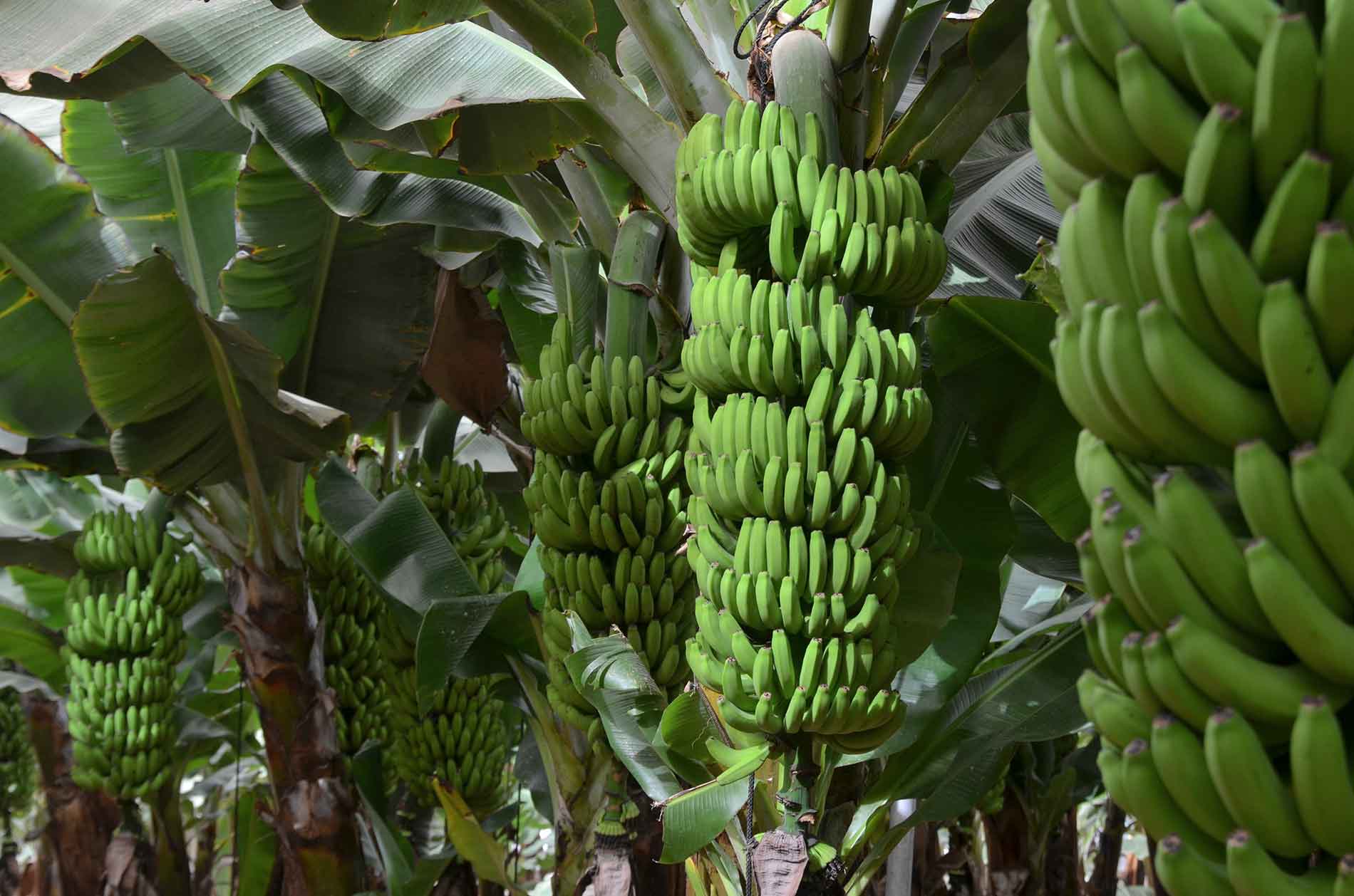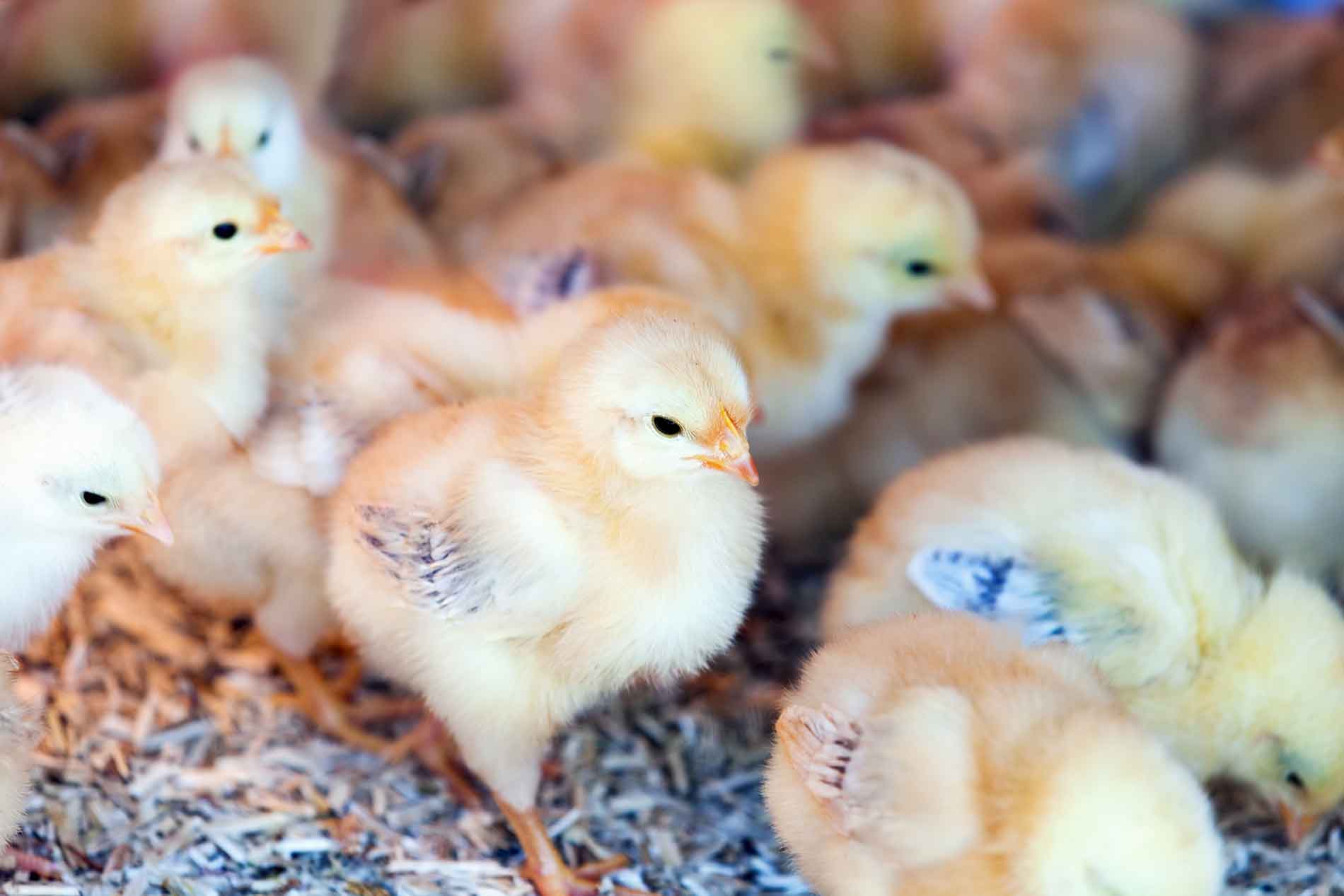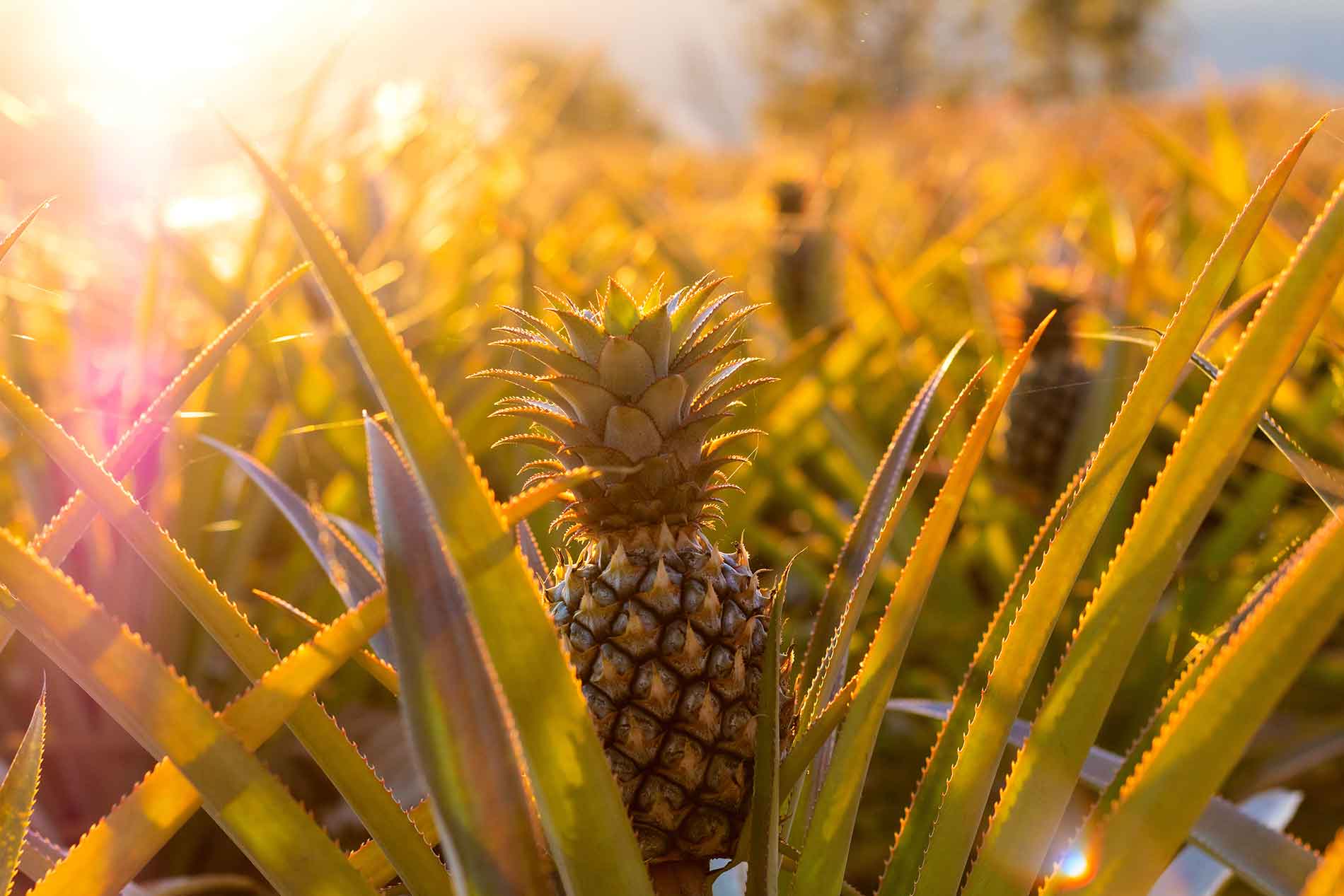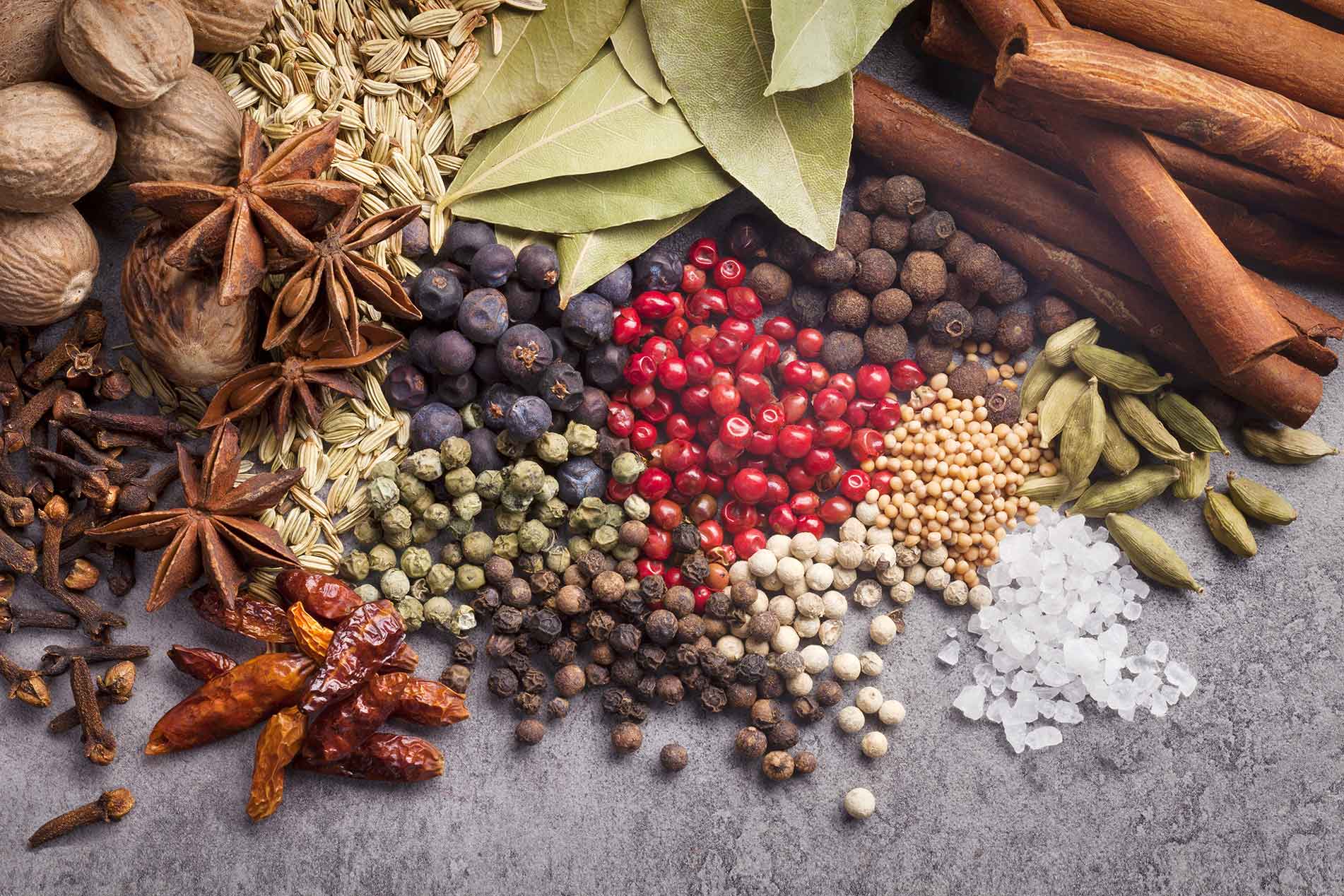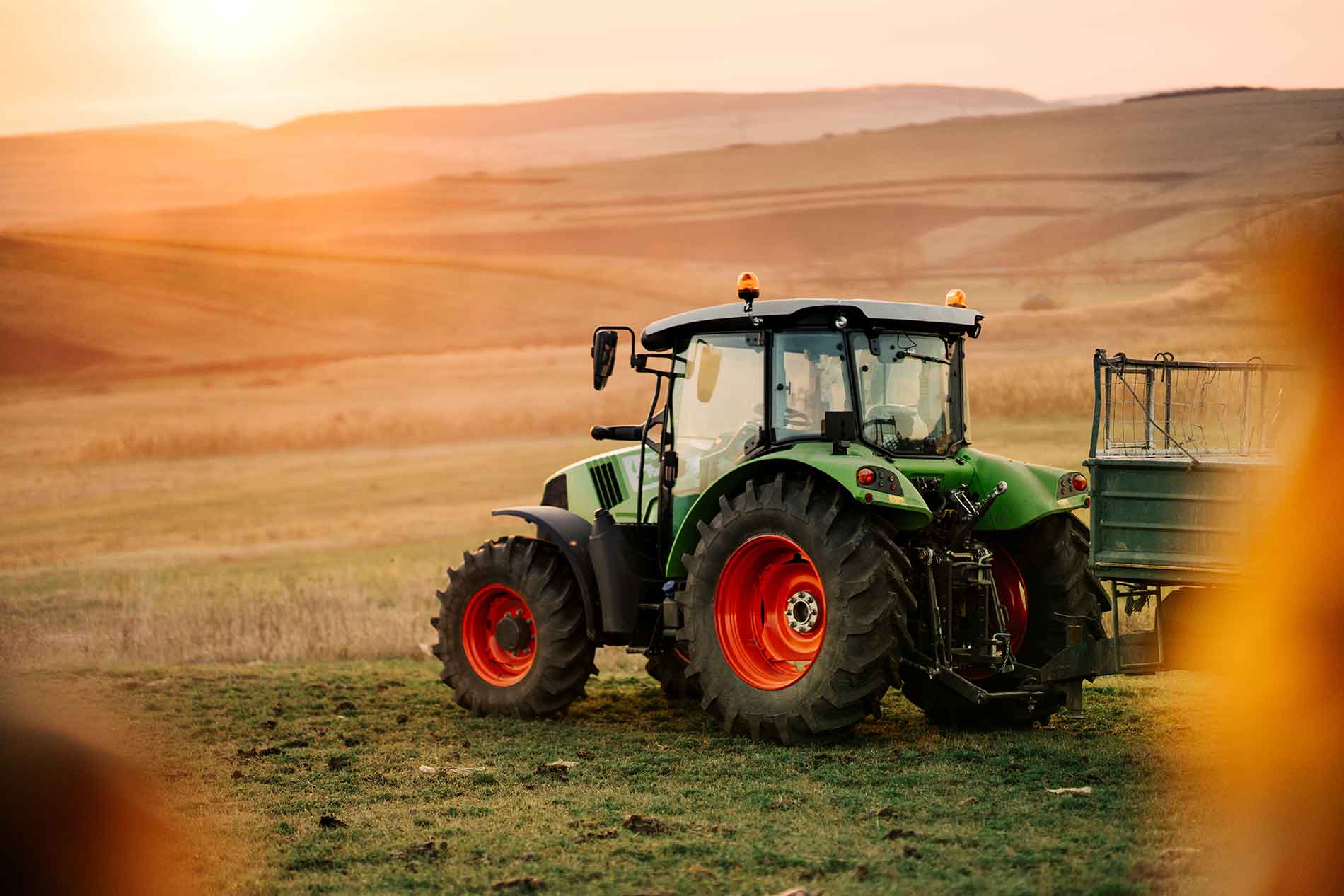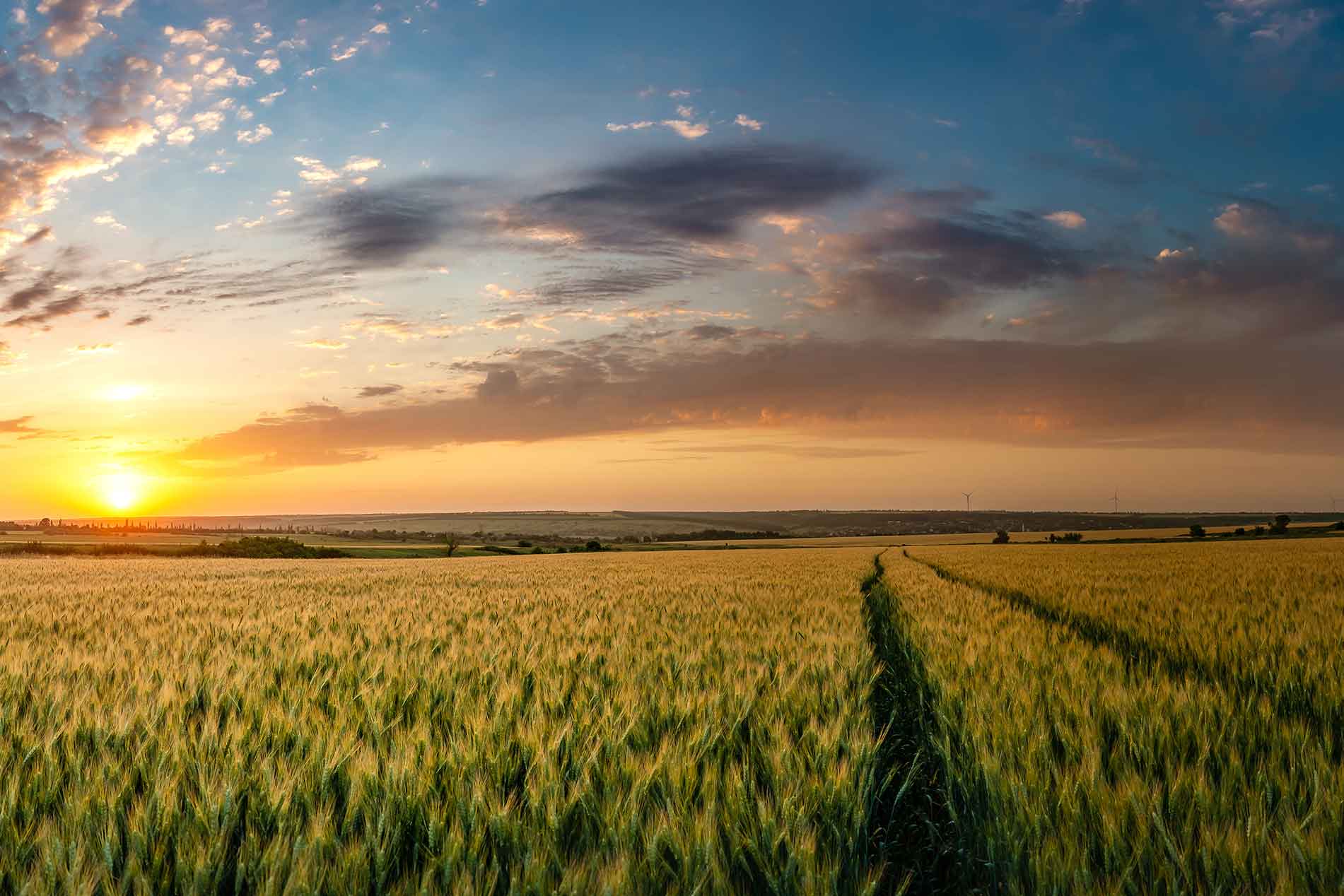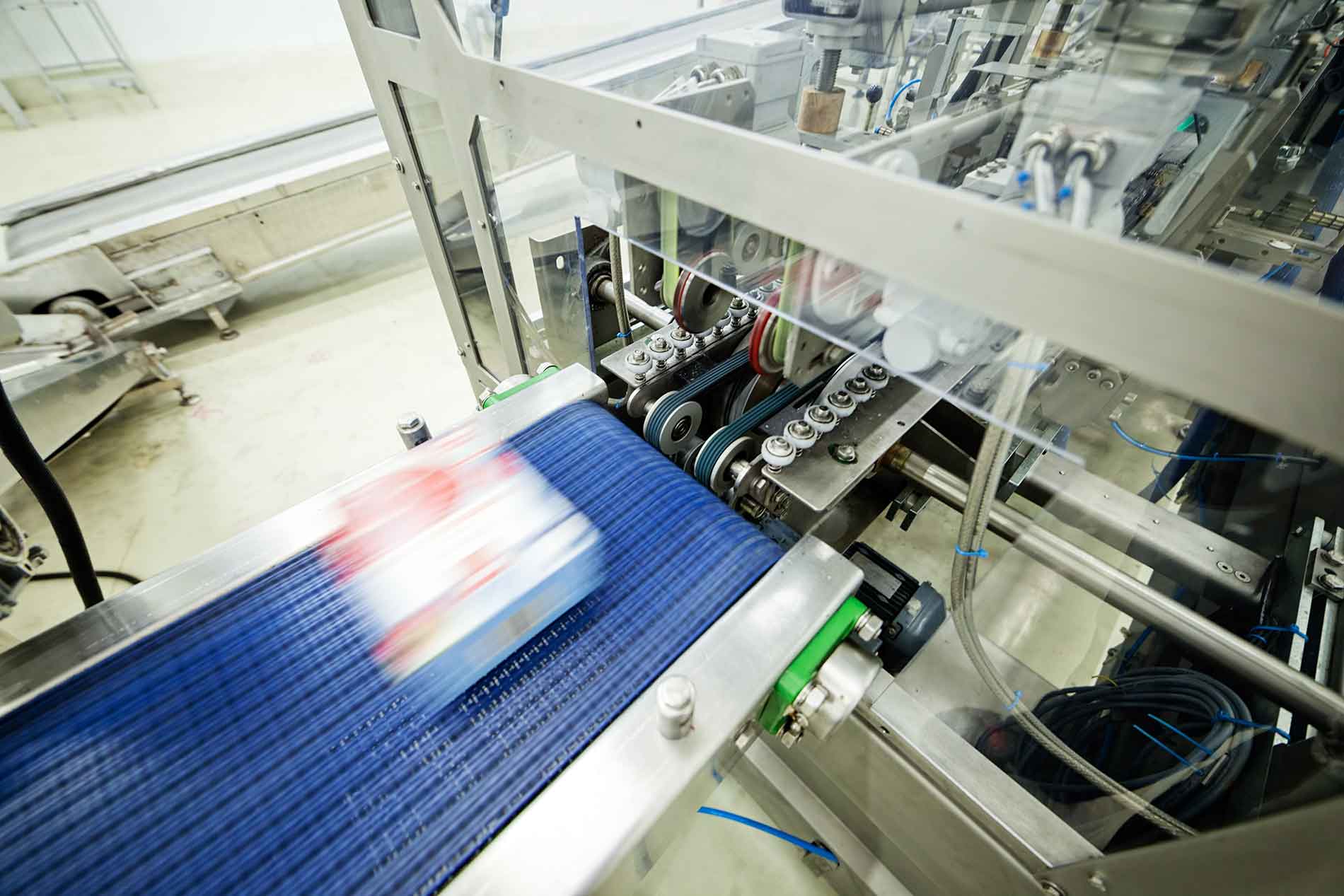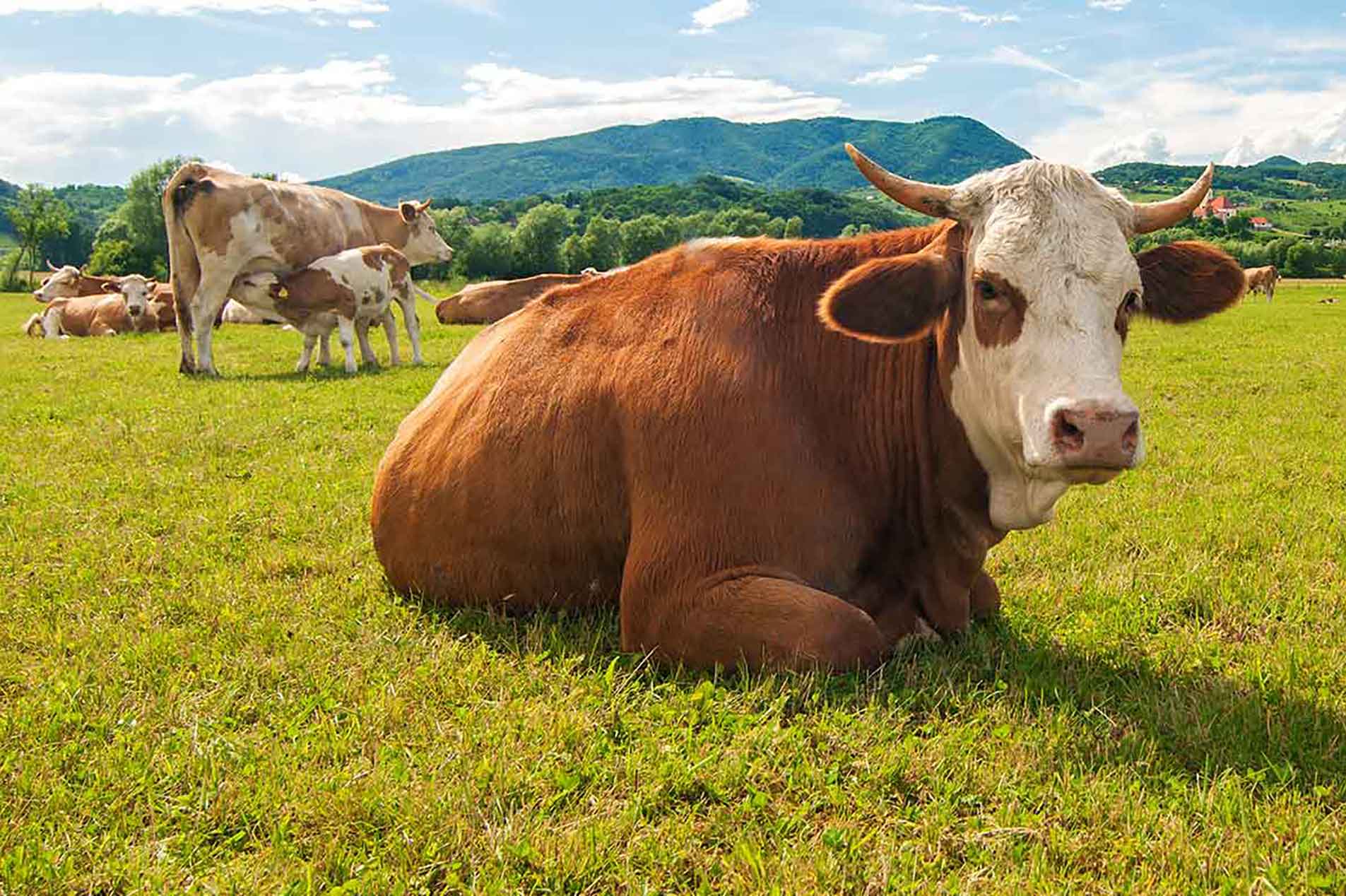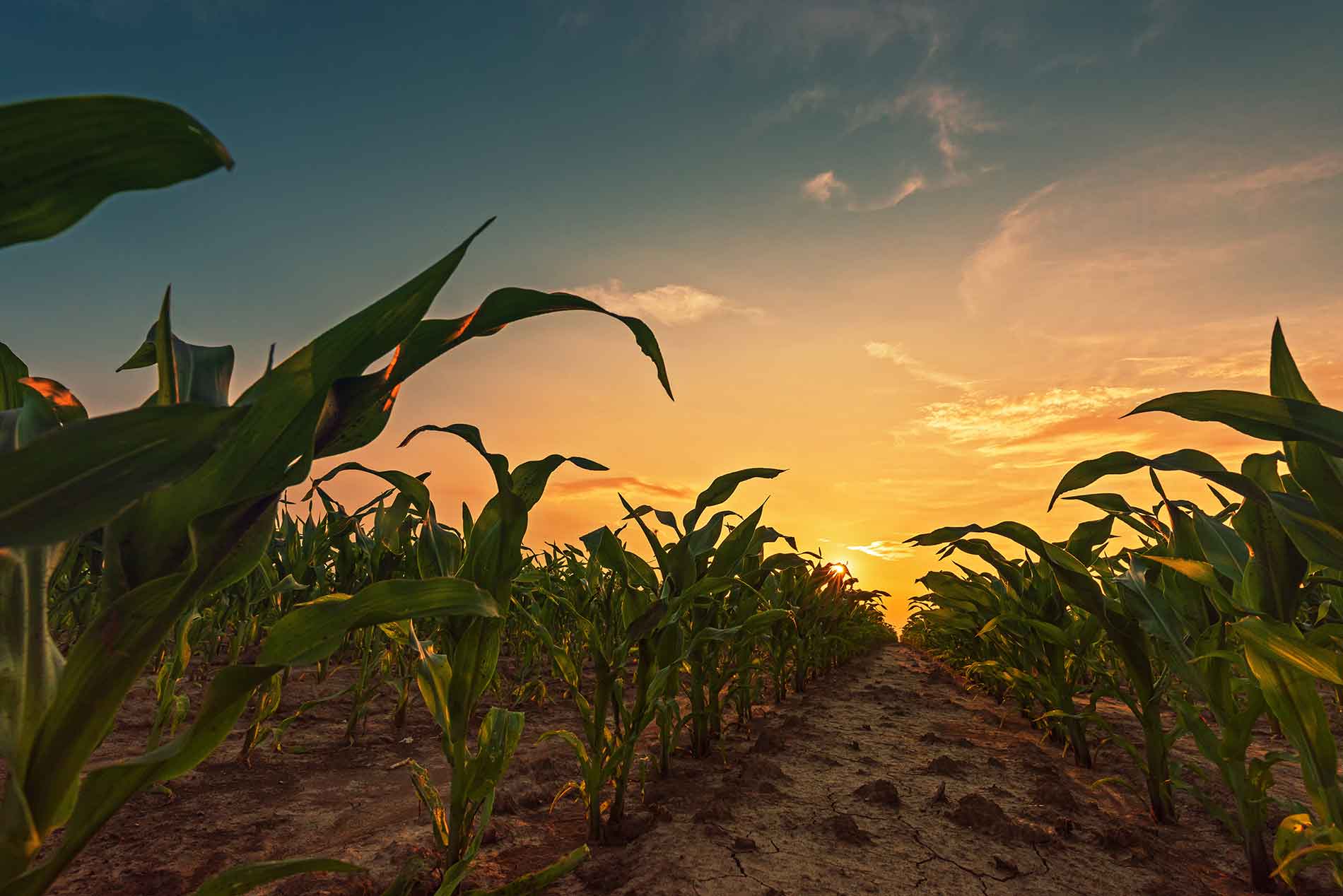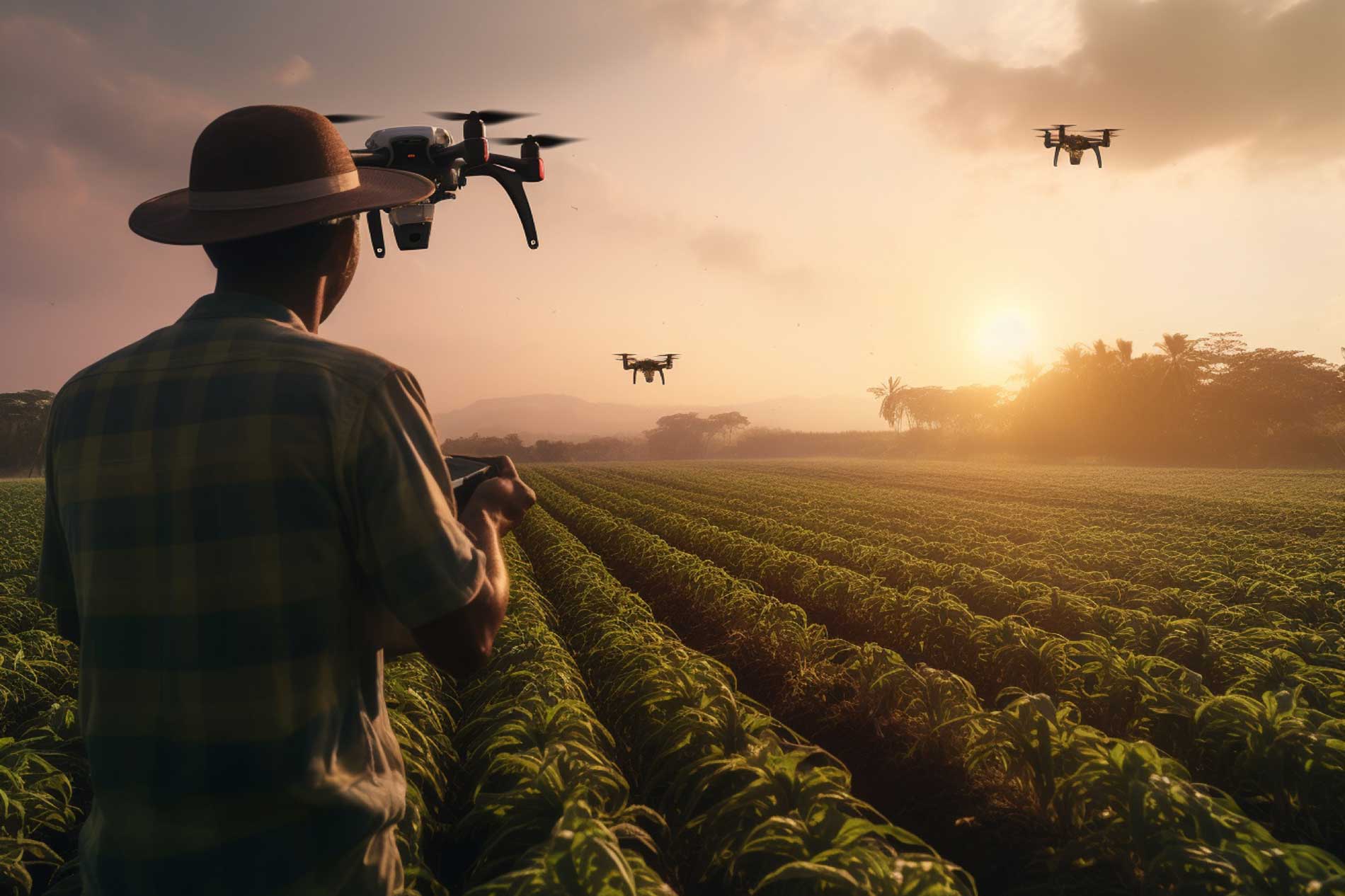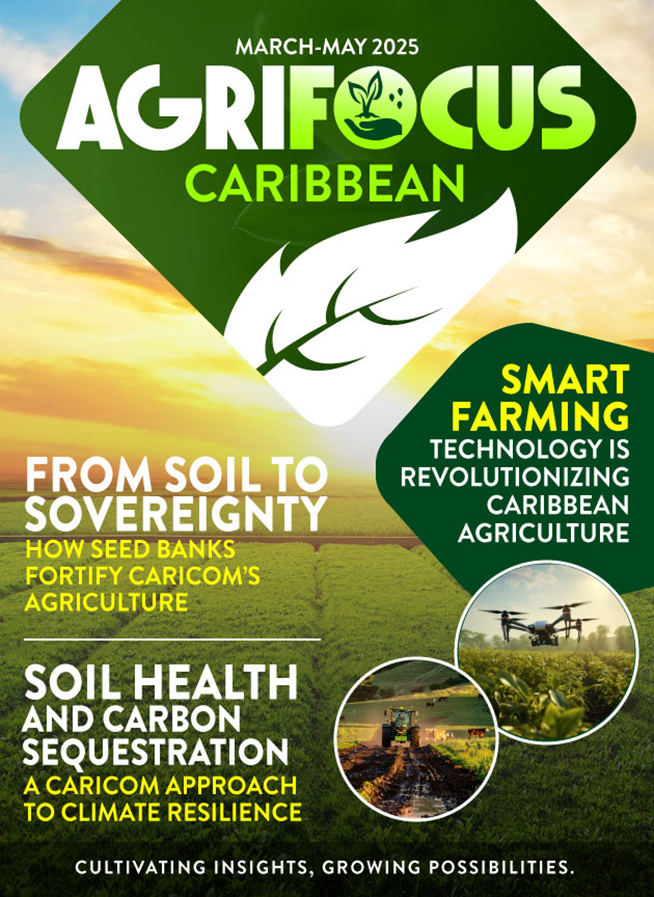Revolutionizing Farming for the Future
Agriculture in the Caribbean has been a cornerstone of the region’s economy for centuries, from sugarcane and bananas to coffee and cocoa. However, in recent years, this vital industry has faced a myriad of challenges, including climate change, aging farmers, land degradation, and a heavy dependence on outdated farming practices. To address these issues and secure the future of Caribbean agriculture, a revolution is underway—one that blends technology, innovation, and sustainability. Welcome to the world of Smart Agriculture, a game-changing approach that promises to transform the Caribbean’s agricultural landscape.
The Rise of Smart Agriculture: What Is It?
Smart agriculture, also known as precision agriculture, refers to the integration of technology and data-driven solutions to enhance farming practices. This approach combines tools like sensors, drones, satellite imagery, artificial intelligence (AI), and the Internet of Things (IoT) to improve decision-making and streamline operations. The aim is to increase productivity, reduce environmental impact, and ensure the long-term sustainability of farming.
In the Caribbean, where agriculture plays a crucial role in both local food security and export economies, smart agriculture could be the key to overcoming the many obstacles that hinder growth. But what does this mean for farmers? How can technology help them produce more with less, and what are the benefits for the environment and economy?
A Landscape in Need of Change
Caribbean agriculture is no stranger to challenges. Many of the region’s farmers are still using traditional methods, relying heavily on manual labor and limited access to technology. Additionally, the changing climate presents new threats, including unpredictable rainfall patterns, hurricanes, and rising temperatures, all of which directly impact crop yields and food security.
Furthermore, the sector faces an aging population of farmers, many of whom are nearing retirement age, and a lack of younger people willing to take up the mantle. According to the Caribbean Development Bank (CDB), the region’s agricultural sector needs to modernize in order to stay competitive and ensure the future of food production.
But the solution is not as simple as increasing farm sizes or hiring more workers. The region must embrace a more advanced approach to farming—one that incorporates digital technologies and focuses on improving the efficiency and sustainability of agricultural practices. This is where smart agriculture comes in.
Key Technologies Powering Smart Agriculture
Several technologies are at the forefront of this agricultural revolution, and their adoption is already starting to make a noticeable difference in the Caribbean’s farming landscape.
Precision Farming with Sensors and IoT
At the heart of smart agriculture is the use of sensors and the Internet of Things (IoT). These technologies allow farmers to monitor their crops, soil, and environment in real-time, providing valuable insights that guide decision-making. For example, soil moisture sensors can measure the water levels in the soil and determine whether irrigation is needed, while weather sensors can predict rainfall patterns, helping farmers prepare for adverse conditions.
By using IoT devices, farmers can also track their equipment, monitor field conditions, and even automate tasks like irrigation and fertilization. This not only improves crop yields but also reduces waste, as water and fertilizers are used more efficiently, benefiting both the environment and the farmer’s bottom line.
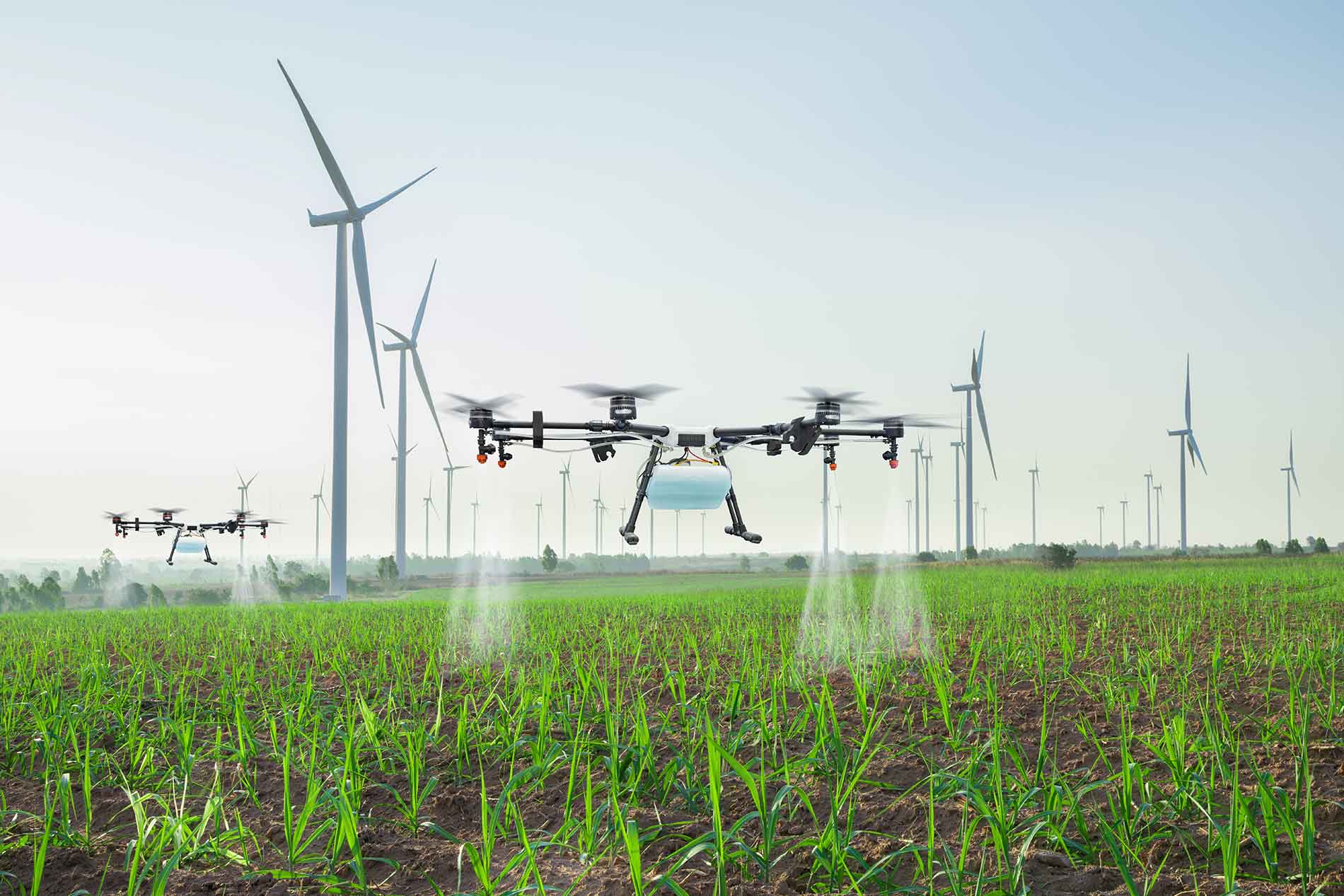
Drones and Satellite Imagery: Eyes in the Sky
Another game-changing technology in smart agriculture is the use of drones and satellite imagery. These tools enable farmers to capture high-resolution images of their fields and monitor crop health from above. Drones can fly over large areas of farmland, using cameras and sensors to detect issues such as pest infestations, plant diseases, or nutrient deficiencies that may not be visible to the naked eye.
This technology allows farmers to quickly respond to problems, reducing the need for pesticides and fertilizers and helping them make informed decisions about crop management. Additionally, satellite imagery provides large-scale data on land use, soil health, and crop performance, making it easier to plan and optimize planting schedules.
Artificial Intelligence and Data Analytics
Artificial Intelligence (AI) and machine learning are transforming how farmers analyze data and make decisions. AI-powered systems can process vast amounts of data collected from sensors, drones, and satellite imagery, providing insights that were once impossible to obtain. By analyzing historical weather patterns, soil conditions, and crop performance, AI can predict future trends and help farmers make better decisions about what to plant, when to harvest, and how to manage resources.
For instance, AI algorithms can help identify the most optimal planting times based on climate patterns, reducing the risk of crop failure due to unexpected weather changes. In addition, AI can be used to predict pest outbreaks, enabling farmers to take preventive action before damage occurs.
Benefits for Farmers and the Environment
The adoption of smart agriculture brings numerous benefits to both farmers and the environment.
Increased Productivity and Efficiency
With the ability to monitor crops and soil conditions in real-time, farmers can take proactive steps to improve yields. Whether it’s optimizing irrigation, managing pest control, or reducing fertilizer use, these technologies help farmers work smarter, not harder. By using resources more efficiently, farmers can increase their productivity while lowering their costs.
For example, in Saint Lucia, a project called the “Agri-Tech Hub” has been launched to help local farmers use smart farming practices. Through the use of precision agriculture tools like drones and sensors, farmers have been able to increase their crop yields by up to 20%, thanks to more efficient use of water and fertilizers.
Environmental Sustainability
Smart agriculture also promotes environmental sustainability by reducing the negative impact of farming on the land. Technologies like precision irrigation ensure that water is only used when and where it’s needed, helping to conserve this precious resource in the face of changing climate conditions. Additionally, by reducing the need for chemical inputs like pesticides and fertilizers, smart agriculture minimizes pollution and preserves biodiversity.
A study conducted in Jamaica found that precision farming techniques, including soil moisture sensors and automated irrigation systems, resulted in a significant reduction in water usage and chemical runoff, benefiting both the environment and the local community.
Economic Growth and Job Creation
The integration of smart agriculture not only boosts the productivity of existing farmers but also creates new opportunities for businesses and entrepreneurs in the tech and agriculture sectors. As the demand for agricultural technology increases, there will be a need for technicians, data analysts, and software developers who can support and maintain these systems.
For example, in Barbados, a growing number of tech companies are partnering with farmers to provide smart agriculture solutions. These partnerships are not only improving farm productivity but also creating new jobs in the technology sector, boosting the island’s economy.
Case Studies: Smart Agriculture in Action
Several Caribbean countries are already making strides in implementing smart agriculture solutions, providing valuable lessons and inspiration for the rest of the region.
The Dominican Republic: A Leader in Precision Agriculture
The Dominican Republic has emerged as a leader in precision agriculture in the Caribbean. The country’s government, in partnership with local and international organizations, has launched several initiatives to promote the use of technology in farming. One such initiative is the Agri-Tech Innovation Center, which offers training and resources to farmers looking to adopt smart farming practices.
In addition, the country has implemented a drone-based crop monitoring program to track the health of crops and detect potential problems early. This has led to increased yields and reduced pesticide use, improving both the economic and environmental sustainability of farming in the country.
Trinidad and Tobago: Using AI for Crop Management
In Trinidad and Tobago, the adoption of artificial intelligence in agriculture is gaining traction. Local farmers are using AI-powered tools to predict crop yields, optimize planting schedules, and manage pests and diseases. Through partnerships with universities and research institutions, the government is promoting the use of these technologies to improve food security and reduce the country’s reliance on food imports.
Overcoming Barriers to Adoption
While the potential of smart agriculture is clear, there are still several challenges that must be overcome to ensure its widespread adoption across the Caribbean.
Cost of Technology
One of the biggest barriers to the adoption of smart agriculture is the cost of technology. Many small-scale farmers in the Caribbean struggle to afford the high initial investment required for advanced tools like drones, sensors, and AI systems. However, there are efforts underway to make these technologies more accessible, such as government subsidies, training programs, and partnerships with private sector companies.
Knowledge and Training
Another challenge is the lack of technical knowledge and training among farmers. To fully benefit from smart agriculture, farmers need to understand how to operate the technology and interpret the data it generates. Governments and NGOs must invest in training programs to help farmers acquire these skills and integrate new technologies into their practices.
Conclusion: The Future of Caribbean Agriculture
Smart agriculture offers a promising path forward for the Caribbean’s farming sector, providing solutions to many of the challenges the region faces today. By leveraging technology and innovation, farmers can increase productivity, reduce environmental impact, and ensure long-term food security. However, to fully realize the potential of smart agriculture, the region must invest in education, infrastructure, and policy support.
The future of Caribbean agriculture lies in the hands of those who are willing to embrace change. As technology continues to advance, so too will the opportunities for farmers to thrive. By working together, the Caribbean can build a sustainable, productive, and innovative agricultural sector that benefits both farmers and the wider community.
Sources
Caribbean Development Bank (CDB). “The Future of Agriculture in the Caribbean.”
Saint Lucia Agri-Tech Hub.
Jamaica Ministry of Agriculture. “Reducing Water Usage and Chemical Runoff.”
Dominican Republic Agri-Tech Innovation Center.
Trinidad and Tobago Ministry of Agriculture, Land and Fisheries.


